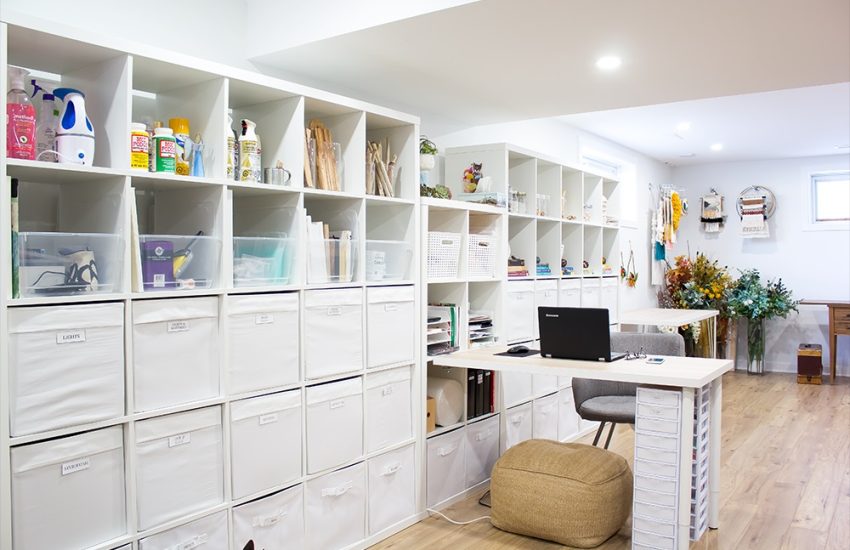How To Paint Sash Windows
Sash windows are classic, elegant, and easily become a centrepiece feature of many a home that is in the Victorian or Georgian-era style. Sash windows look great then, and if you own a property or have developed a property with sash windows, you’ll have that satisfying feeling when looking at them, but you should also be wary of the long-term structural integrity of your sash windows and the maintenance of them.
The maintenance of timber sash windows is pretty high though, with frost and condensation on the inside leading to mould in the corners of the windows if you do not keep on top of things. When this happens, the existing layer of paint can begin to contract and peel away between the edges of the panes of glass and the wooden frames. On the outside of the windows, the paint is battered by the elements much like the rest of the exterior of a building.
Despite this, it isn’t a tough job to bring a sash window back to life if it has been battered by the elements and allowed to come into disrepair. Here are a few short steps to help solve the problem by painting sash windows.
Remove paint and sand the frames
The first thing that you need to do is to make sure you only work on the wooden sash window frames when they are completely dry, and not damp. Remove the lock lever and lift pulls and then begin the process of removing any paint that has become chipped or loose around the frame. Once you have scraped all of this away, take some sandpaper and smooth down around the frame, but not too far back that it may cause damage to original features on the timber. After the sanding has been completed, take a microfibre cloth and clean away any dust, wiping over the frames once more with a clean cloth to make sure everything is completely clear before the next phase.
Correct any problem areas
Next, fill any holes that are left behind, or any cracks and imperfections, using some wood filler. Once this filler is dry, you can sand down these areas once more, before washing and drying the surface to remove any dust from the sanding, just like during the first phase. Silicone can be used in places where there are any gaps between the wall and the edge of the widow frame.
Add a primer
Once the window has been stripped, filled, and sanded down, add a primer to the timber frames before you add a topcoat of paint. A primer should be chosen that is suitable to wood, and you should also check if this is suitable for exterior use if you are painting the outside of the windows. A layer of primer adds a solid base before the painting commences.
Paint the frames
Once the primer is dry, apply either a water-based eggshell or gloss paint, depending on the exterior use and what you need. A sash window brush with a pointed tip makes it easier to paint the corners of the window frame. Make sure to do two coats of paint, pulling down the top of the sash windows to paint that area first before painting the bottom half, ensuring full coverage. Pick a day where you can leave the windows open until it is completely dry, although you should also regularly move the frames to prevent them sticking.
If you are in the process of redeveloping a period property, or you are considering installing wooden sash windows in your home, understanding the long-term maintenance requirements and how to paint sash windows is an important part of your thinking. It will guide you and show you that although maintenance is required on sash windows, the benefits far outweigh any negatives and as you can see here, painting sash windows is eminently achievable, even for amateurs.




